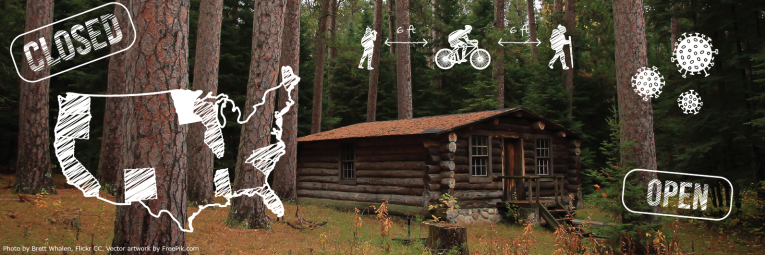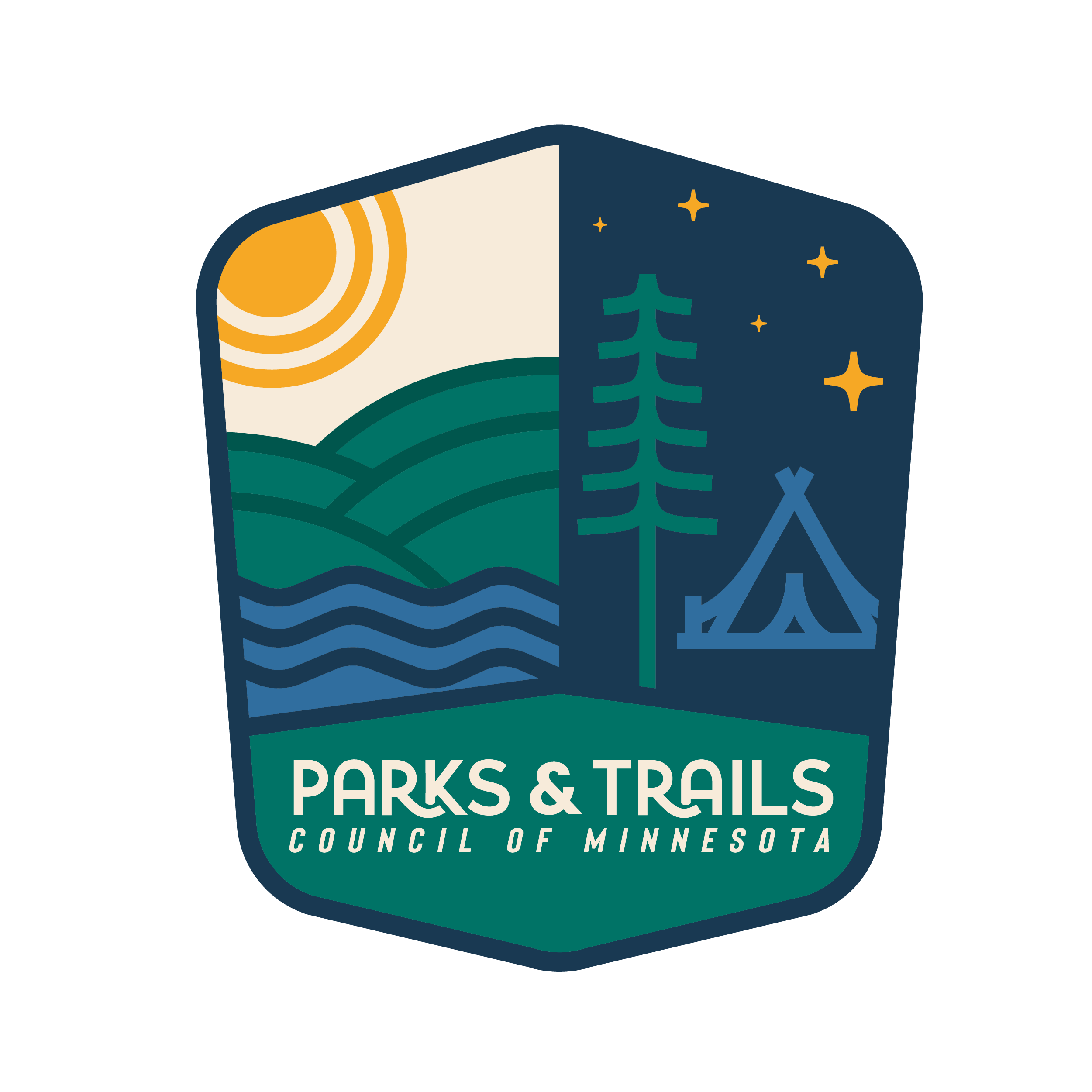
Minnesota State Parks are open for day-use only. How does that compare to other states?
On Thursday, the DNR extended state park campground closures through May 18 to be consistent with Gov. Walz’s stay-at-home order. Nobody, of course, likes that our campgrounds are closed. Minnesotans are flocking to parks and trails during the COVID-19 pandemic like never before, for obvious reasons. Just about everything else is closed, and study after study has shown that spending time in nature is associated with precisely the types of benefits we need during a pandemic, including general wellbeing, mental health, reduced stress and boosting the immune system. But parks can also quickly become overwhelmed by visitors, putting the public and staff at risk. Some states learned this the hard way. Wisconsin, for example, originally waived state park entry fees during the pandemic to encourage people to get outdoors but later had to close many state parks after unprecedented crowds proved unmanageable.
Wisconsin’s state parks have since reopened on a limited basis, but across the country nearly all state park campgrounds are closed. We compiled a dataset of state park closures using agency websites and press releases, and as of May 1 state park campgrounds are only open in 9 states (Alabama, Alaska, Arizona, Georgia, Kansas, Montana, Oklahoma, South Dakota, and Utah). The majority of states – 31 including Minnesota – have closed state park campgrounds but kept parks open for day-use activities. And a handful of states – 10 in total – have gone even further by closing their state park systems entirely and/or severely limited access (e.g., prohibiting vehicular access or closing significant numbers of popular parks). You can explore the map below to learn more about how each state park system has responded to COVID-19.
There’s a few important things to keep in mind when exploring this data. First, policies are changing day-by-day, so don’t assume the information you see today will be accurate tomorrow. For example, state parks in numerous states – Texas, Tennessee, Wisconsin, Illinois, New Jersey and South Carolina – had completely shut down their parks in April but recently reopened them for day use. Most every state, however, has announced campgrounds will remain closed through at least mid-May. Second, the categories represented on our map are broad and don’t reflect the diversity of state responses. Every state – even those where campgrounds have remained open – has closed some facilities such as visitor centers and playgrounds. But beyond that state responses have been varied and don’t always fit into a neat category. State parks in California, for example, are technically open but aren’t allowing vehicular access. Louisiana closed multiple state parks, three of which are now being used as quarantine facilities, but left other parks open. And some states have kept parks open but closed popular park locations where people congregate, such as beaches. So use our classifications as a general guide and check each state’s website for details.
The COVID-19 pandemic hasn’t been easy for anyone, and the DNR has been working closely with the Minnesota Department of Health to develop safe guidelines on how to use outdoor recreational facilities. As you enjoy our parks and enjoys, remember that park rangers’ jobs are hard enough right now. Do them a favor and don’t flout the rules.
Updated May 1, 2020 to reflect the evolving state responses to COVID-19
About Andrew Oftedal
News Categories
Recent News
-
Improving the view at Front... May 31, 2024
-
2024 LEGISLATIVE RECAP May 28, 2024
-
State Park track chairs ope... May 24, 2024
-
The Friends of Scandia Park... May 10, 2024
-
Three Friends Groups receiv... April 3, 2024
